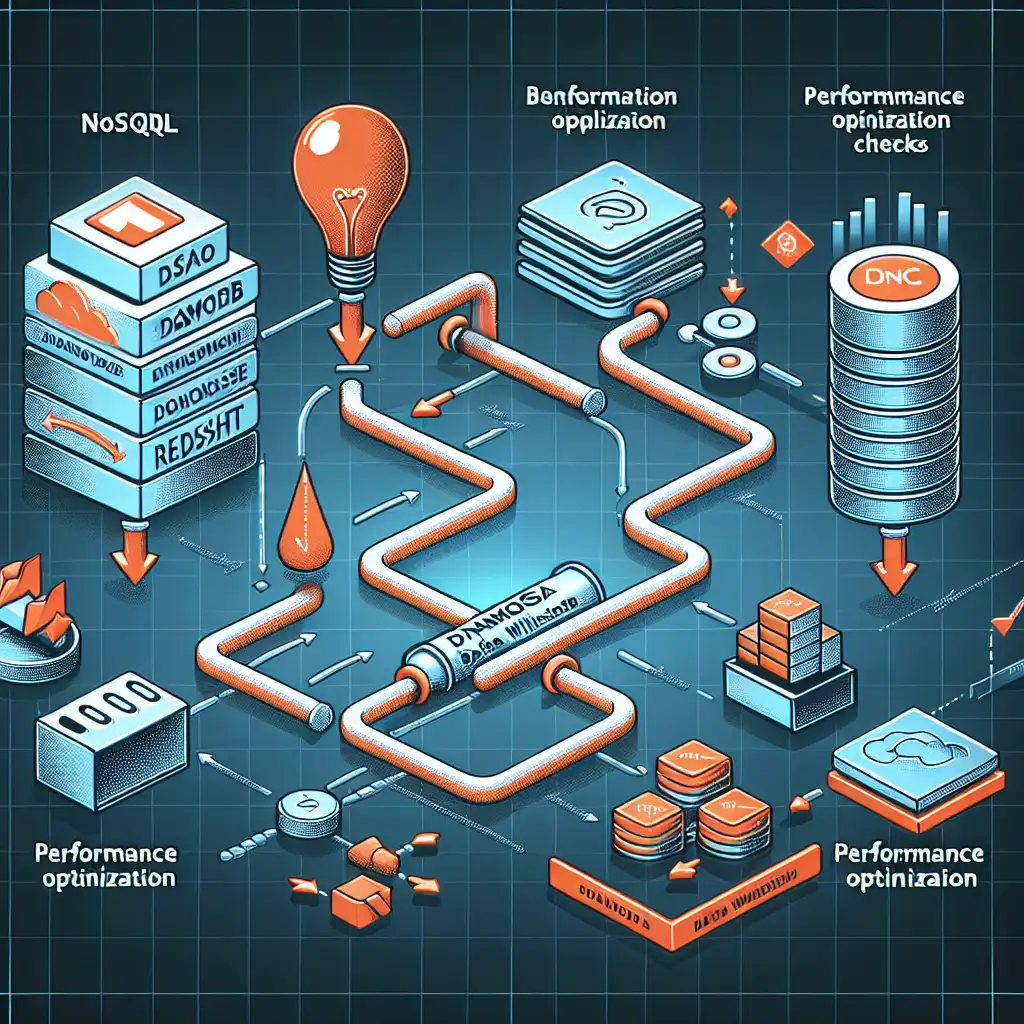Efficient Strategies for Seamless Data Migration from DynamoDB to Redshift
Most guides treat migrating from DynamoDB to Redshift as a straightforward export-import task. The truth is, without a tailored strategy accounting for schema discrepancies, throughput limits, and incremental updates, you risk costly delays and stale analytics — here's how to architect the pipeline right from the start.
Why Move Data from DynamoDB to Redshift?
DynamoDB is a great NoSQL operational database, designed for high throughput and ultra-low latency on key-value or document workloads. However, its query capabilities are limited compared to analytical databases like Amazon Redshift, which is built for complex SQL queries and massive analytics scale.
Migrating data from DynamoDB to Redshift allows you to:
- Unlock deep analytical insights on your operational data.
- Combine multiple datasets inside Redshift for richer BI reports.
- Use SQL-centric BI and ML tools that don’t natively support NoSQL.
But this migration is not just a simple data dump and load.
Challenges to Consider Before Migration
1. Schema Differences
DynamoDB is schemaless, while Redshift requires well-defined table schemas. Simply exporting raw JSON documents won’t work out of the box.
2. Throughput and Rate Limits
DynamoDB has provisioned throughput limits and throttling. Bulk scanning or exporting can cause throttling that impairs production performance.
3. Data Volume and Incremental Changes
Migrating huge data sets at once may be slow and costly. Plus, capturing ongoing data changes from DynamoDB for near real-time analytics in Redshift is tricky.
Step-by-Step Strategy for Efficient Migration
Step 1: Define Your Redshift Schema
Before migrating, design your Redshift target tables based on the attributes you really need from DynamoDB. Flatten nested attributes and decide on appropriate data types.
Example:
If your DynamoDB item looks like this:
{
"OrderId": "1234",
"CustomerId": "5678",
"OrderDate": "2024-06-15T12:34:56Z",
"Items": [
{"ProductId": "A1", "Quantity": 2},
{"ProductId": "B2", "Quantity": 1}
],
"Total": 59.99
}
Your Redshift table might be:
CREATE TABLE orders (
order_id VARCHAR(50) PRIMARY KEY,
customer_id VARCHAR(50),
order_date TIMESTAMP,
total DECIMAL(10,2)
);
CREATE TABLE order_items (
order_id VARCHAR(50),
product_id VARCHAR(50),
quantity INT
);
This schema separates main orders from their line items for analytical flexibility.
Step 2: Export Data From DynamoDB
Use AWS Data Pipeline, AWS Glue, or AWS Database Migration Service (DMS) which support DynamoDB as a source. Here’s why:
- AWS Glue can help you crawl tables, infer schema, and transform JSON to flat formats.
- DMS supports ongoing data replication and handles change data capture (CDC).
- Data Pipeline is useful for scheduled batch exports.
Tip: If you build your own custom script, use the DynamoDB Scan API with pagination. Respect provisioned throughput:
import boto3
from boto3.dynamodb.conditions import Key
dynamodb = boto3.resource('dynamodb')
table = dynamodb.Table('Orders')
response = table.scan()
data = response['Items']
while 'LastEvaluatedKey' in response:
response = table.scan(ExclusiveStartKey=response['LastEvaluatedKey'])
data.extend(response['Items'])
Make sure to implement exponential backoff and throttling handling.
Step 3: Transform and Load the Data
After export, transform JSON arrays or nested objects into flat tabular data using scripts or AWS Glue ETL jobs.
For instance, extract Items into the order_items table:
order_items = []
for order in data:
order_id = order['OrderId']
for item in order.get('Items', []):
order_items.append({
'order_id': order_id,
'product_id': item['ProductId'],
'quantity': item['Quantity']
})
Then, load the data into Redshift using one of these methods:
- COPY command from S3: Upload transformed CSV or Parquet files to S3, then bulk load with Redshift's high-performance COPY command.
COPY orders FROM 's3://your-bucket/orders.csv'
CREDENTIALS 'aws_iam_role=YOUR_IAM_ROLE_ARN'
CSV;
- Using Redshift Data API or JDBC: For smaller datasets or incremental loads.
Step 4: Implement Incremental Updates for Fresh Analytics
Avoid full table reloads. Use these strategies:
-
DynamoDB Streams + AWS Lambda: Capture item modifications in real-time and push updates into Redshift. You can stream changes to Kinesis Data Firehose, which loads into Redshift automatically.
-
Timestamp-based Batch Loads: If your items have a
LastUpdatedtimestamp, query only modified items since last load and merge with Redshift using UPSERT logic.
Step 5: Monitor and Optimize Your Pipeline
- Track DynamoDB read capacity consumed and adjust provisioning.
- Compress data files (e.g., using Parquet) to reduce COPY time and storage.
- Vacuum and analyze Redshift tables for optimal query performance.
- Use Redshift Spectrum if data volume grows beyond cluster capacity and you want to query S3 data directly.
Summary Checklist for Efficient DynamoDB → Redshift Migration
- Design a flattened Redshift schema aligned to your analytics needs.
- Export DynamoDB data respecting throughput and avoiding throttling.
- Transform nested/noSQL data to relational format.
- Use efficient bulk loading with COPY from S3.
- Establish incremental/real-time update mechanism for freshness.
- Monitor, tune, and optimize both DynamoDB and Redshift sides.
Final Thoughts
A successful migration from DynamoDB to Redshift opens powerful business insights but requires more than a simple export-import approach. By thoughtfully architecting your pipeline—handling schema conversions, careful data export, and ongoing synchronization—you can seamlessly yield fast, reliable analytics from your operational NoSQL data.
Have you migrated DynamoDB to Redshift? What strategies worked best for you? Share your experiences or questions below!
